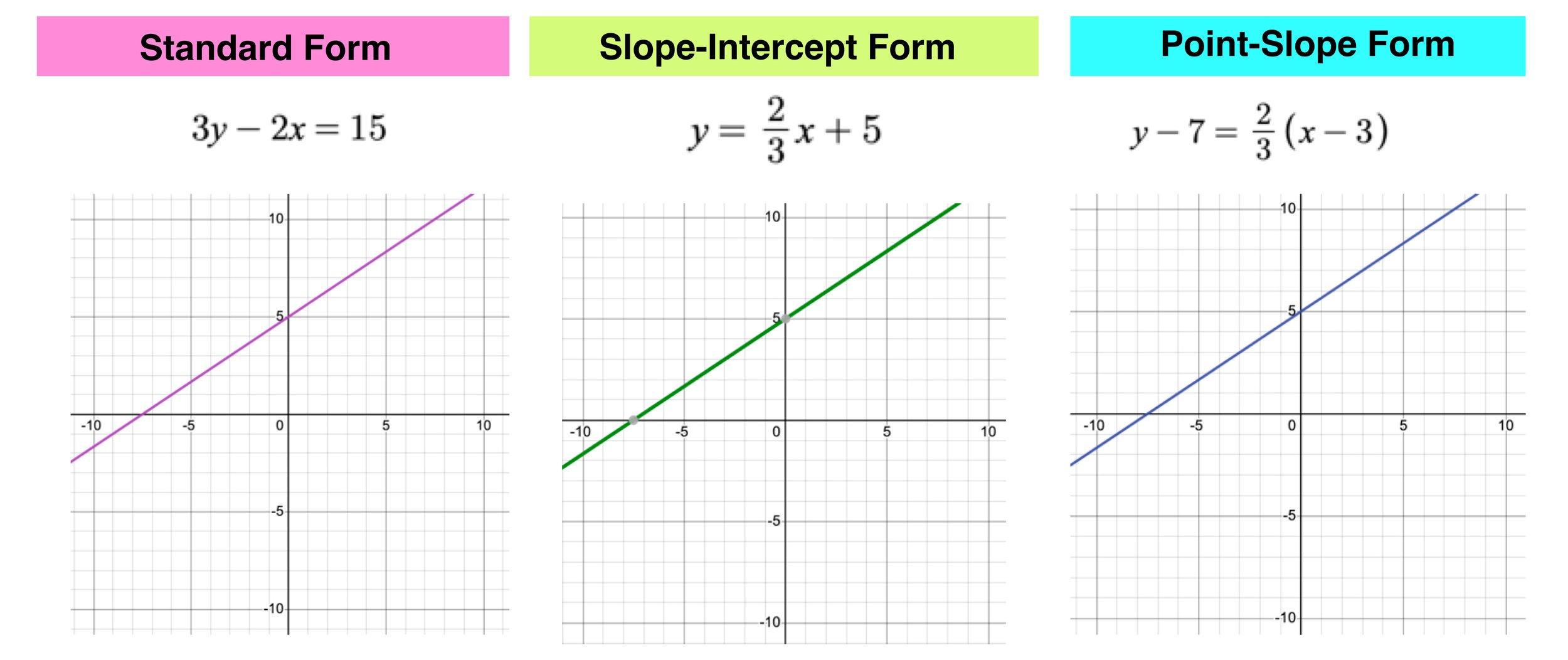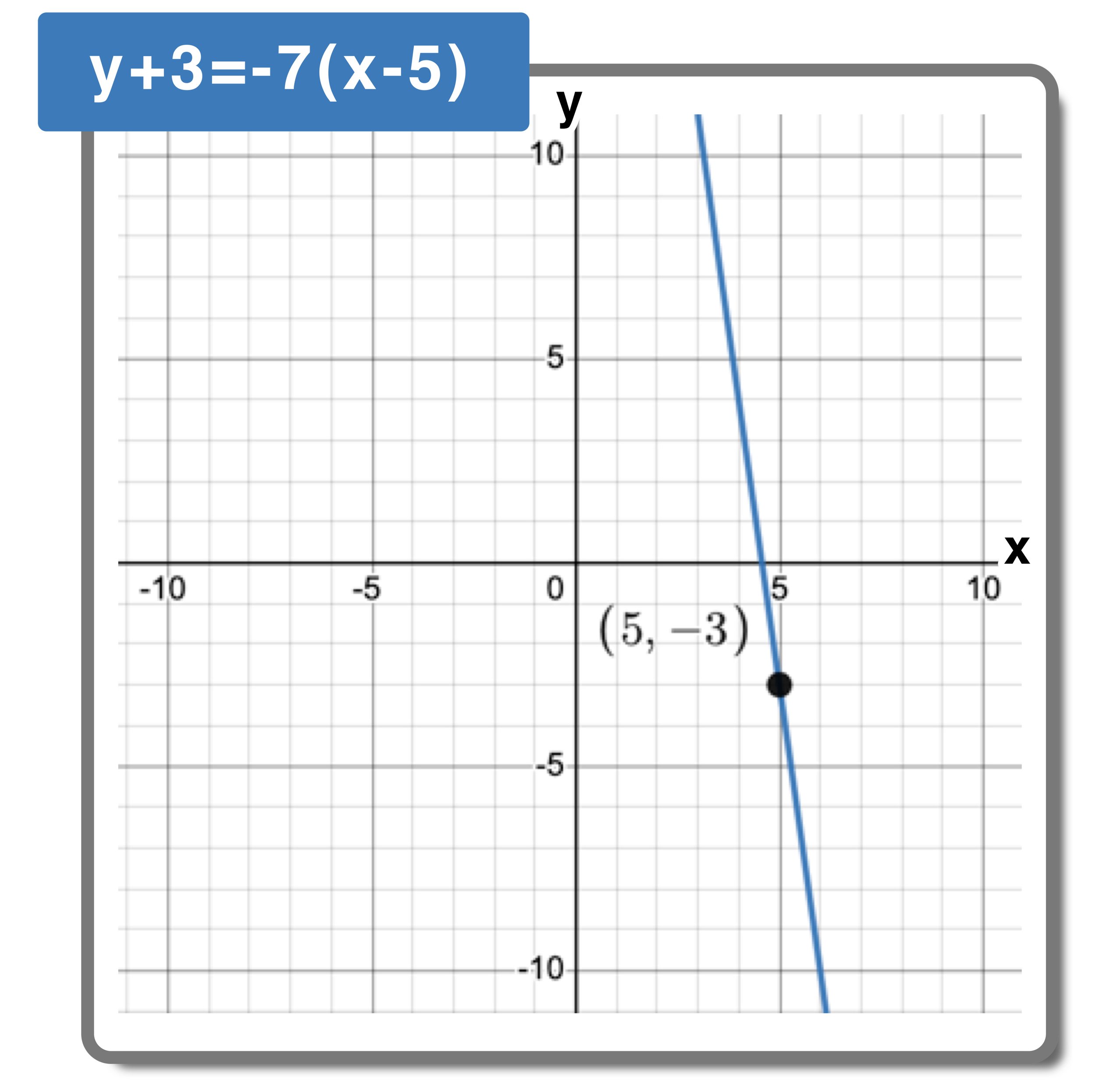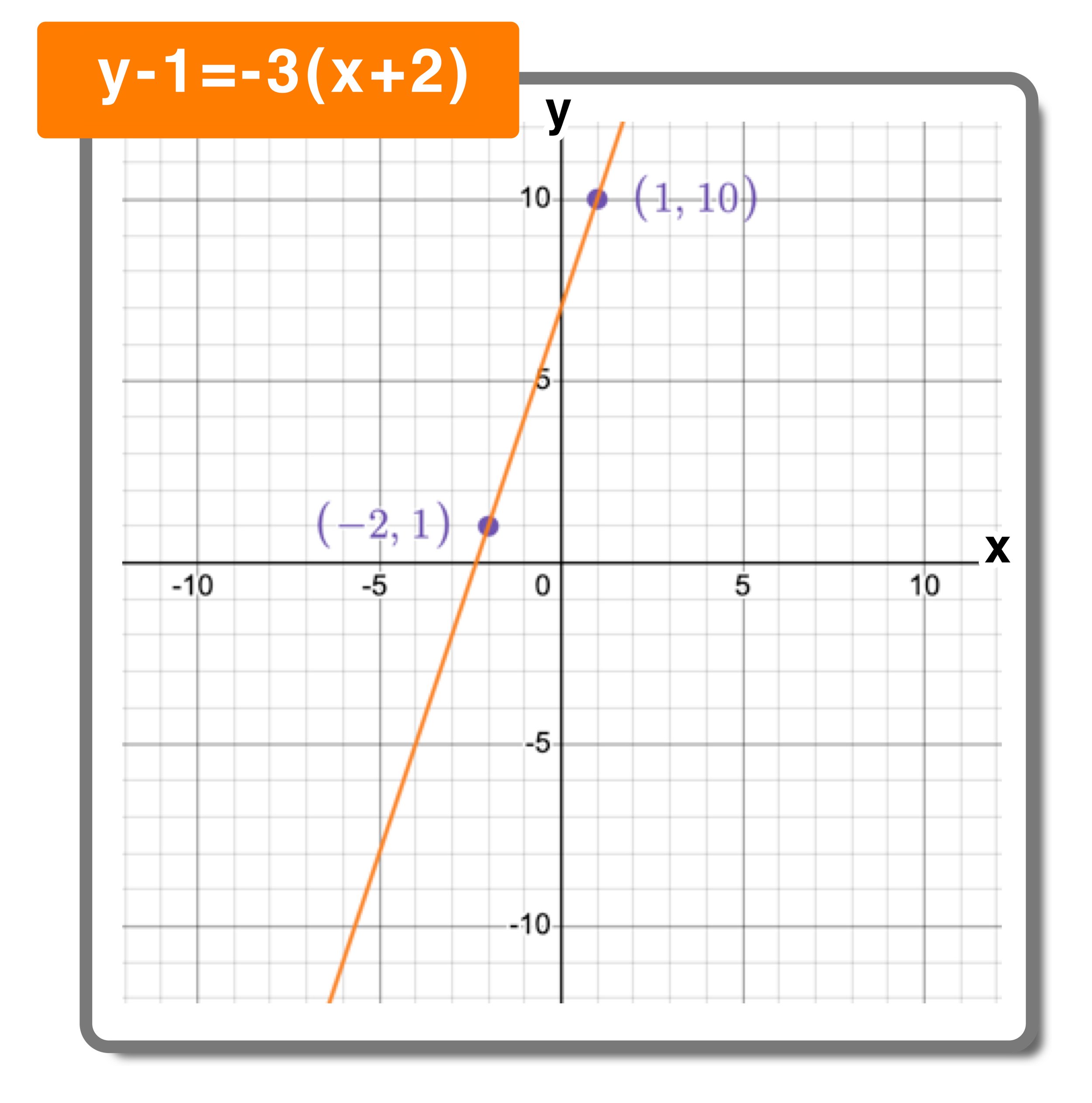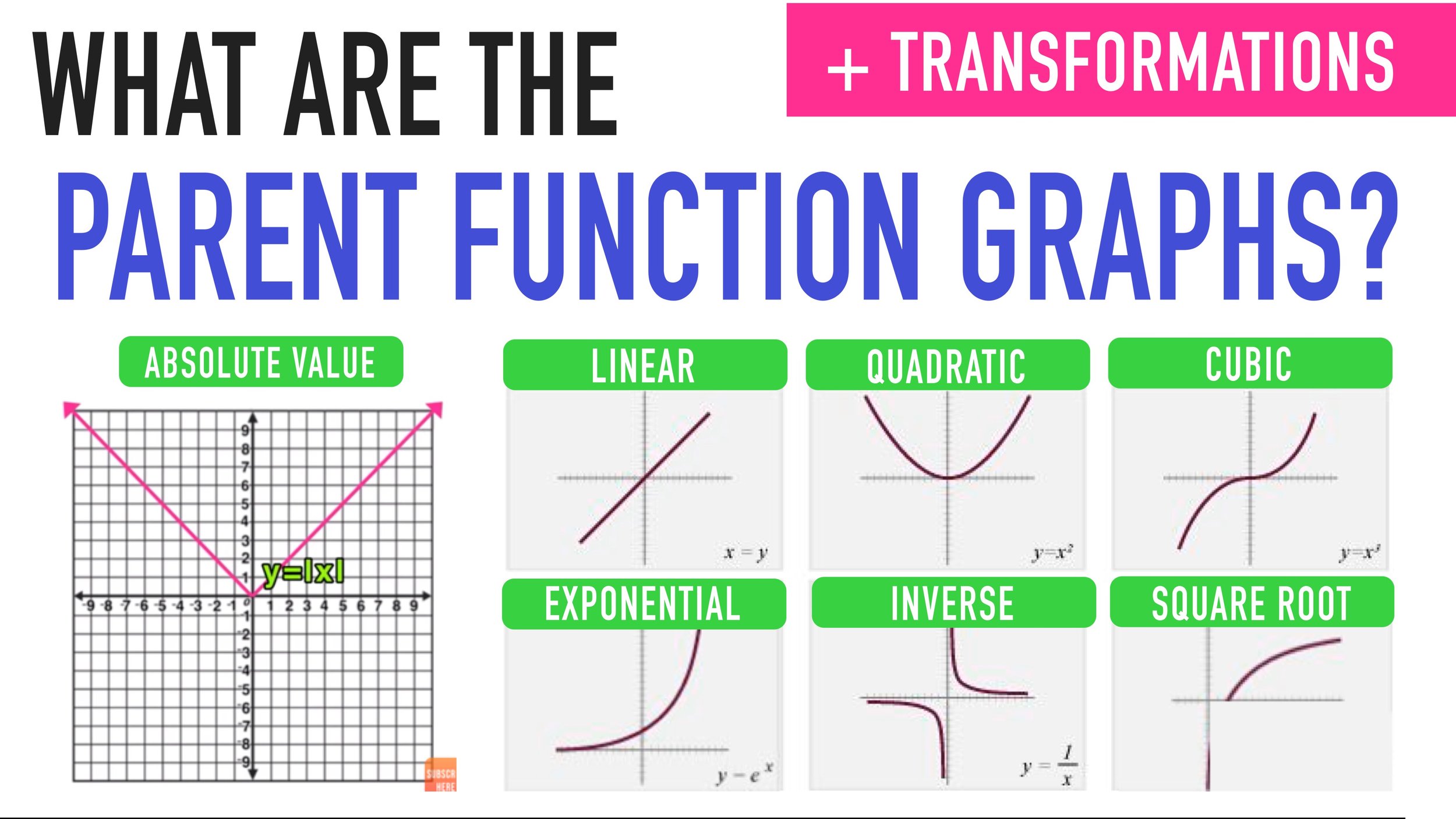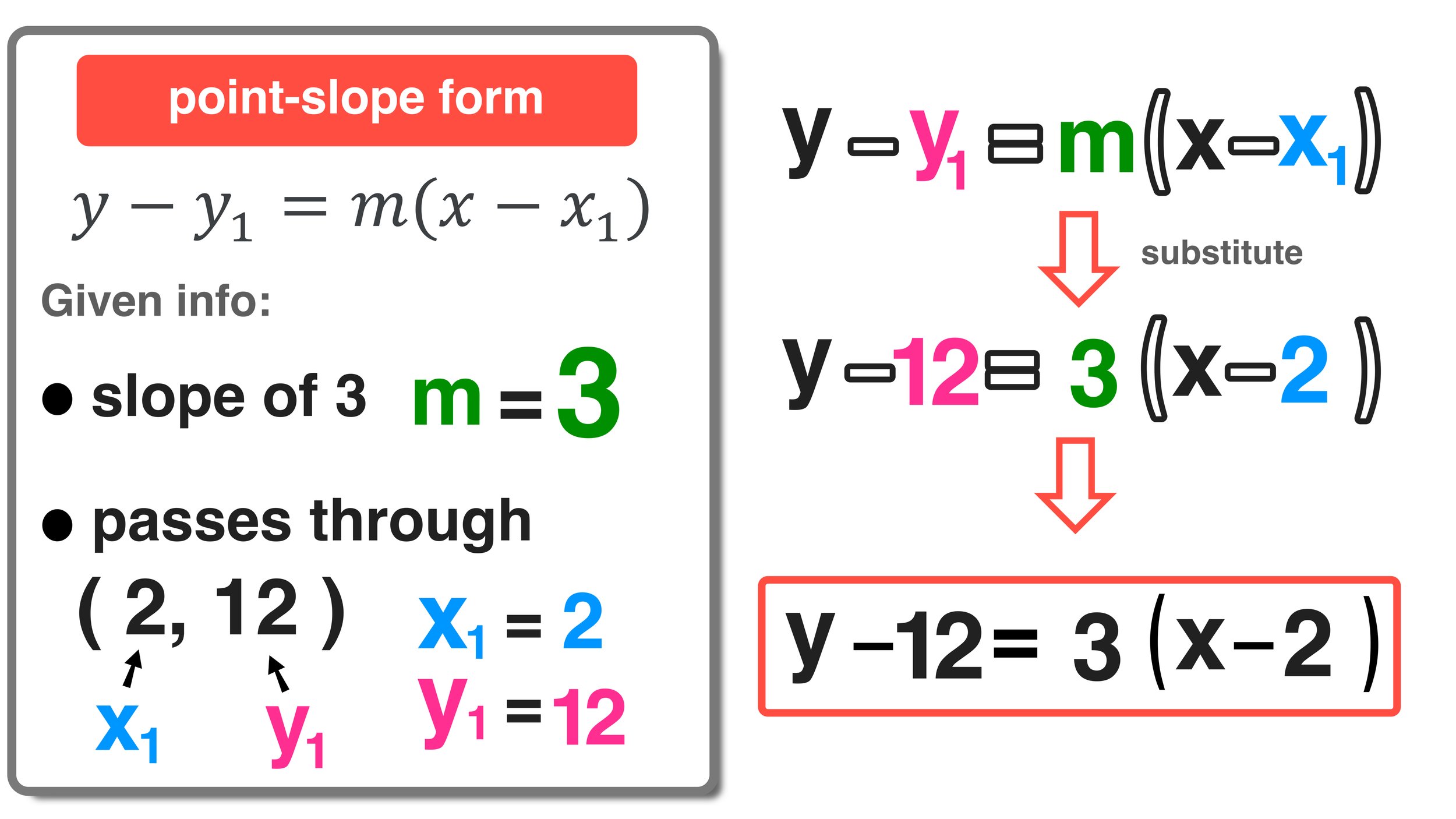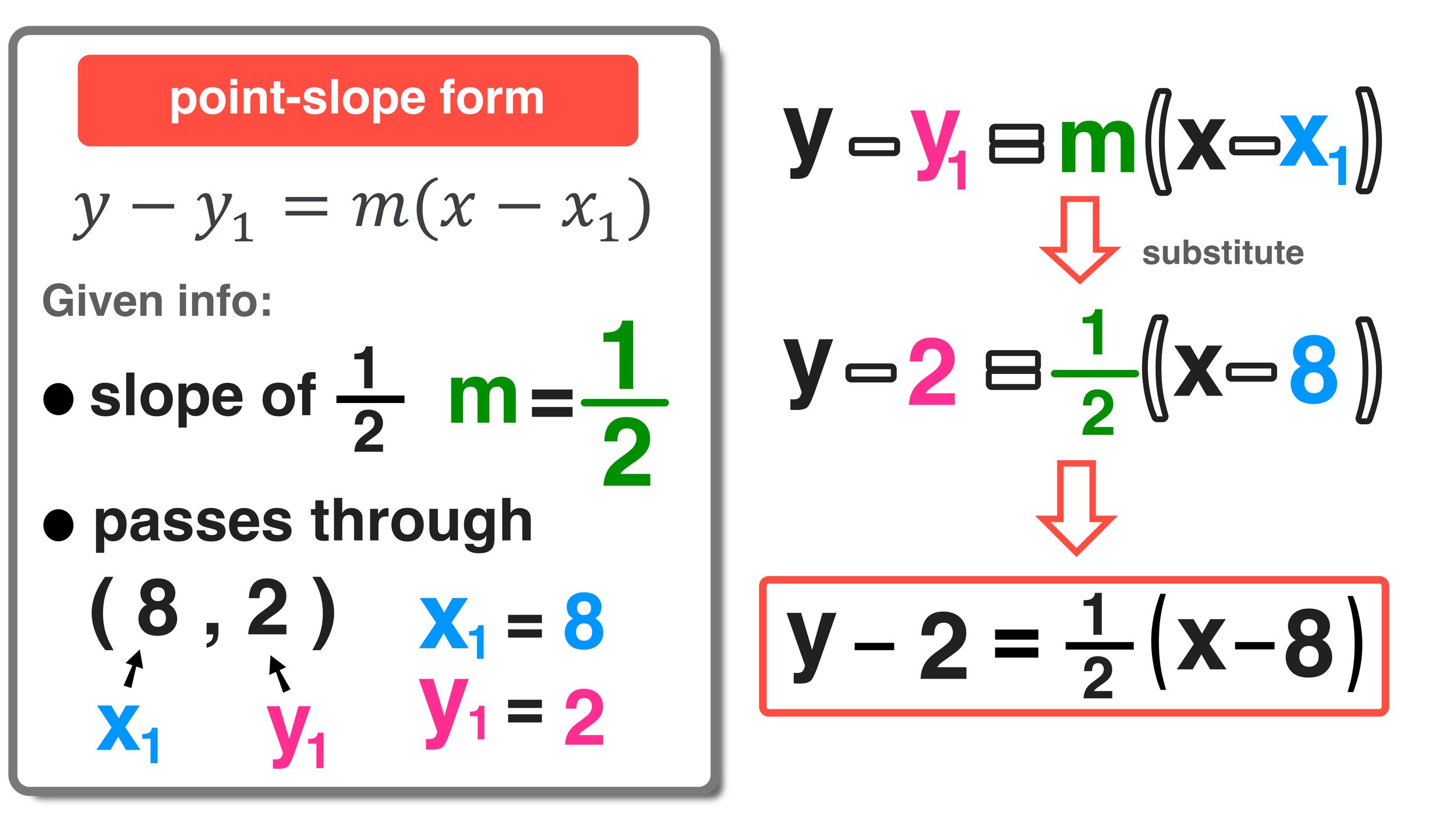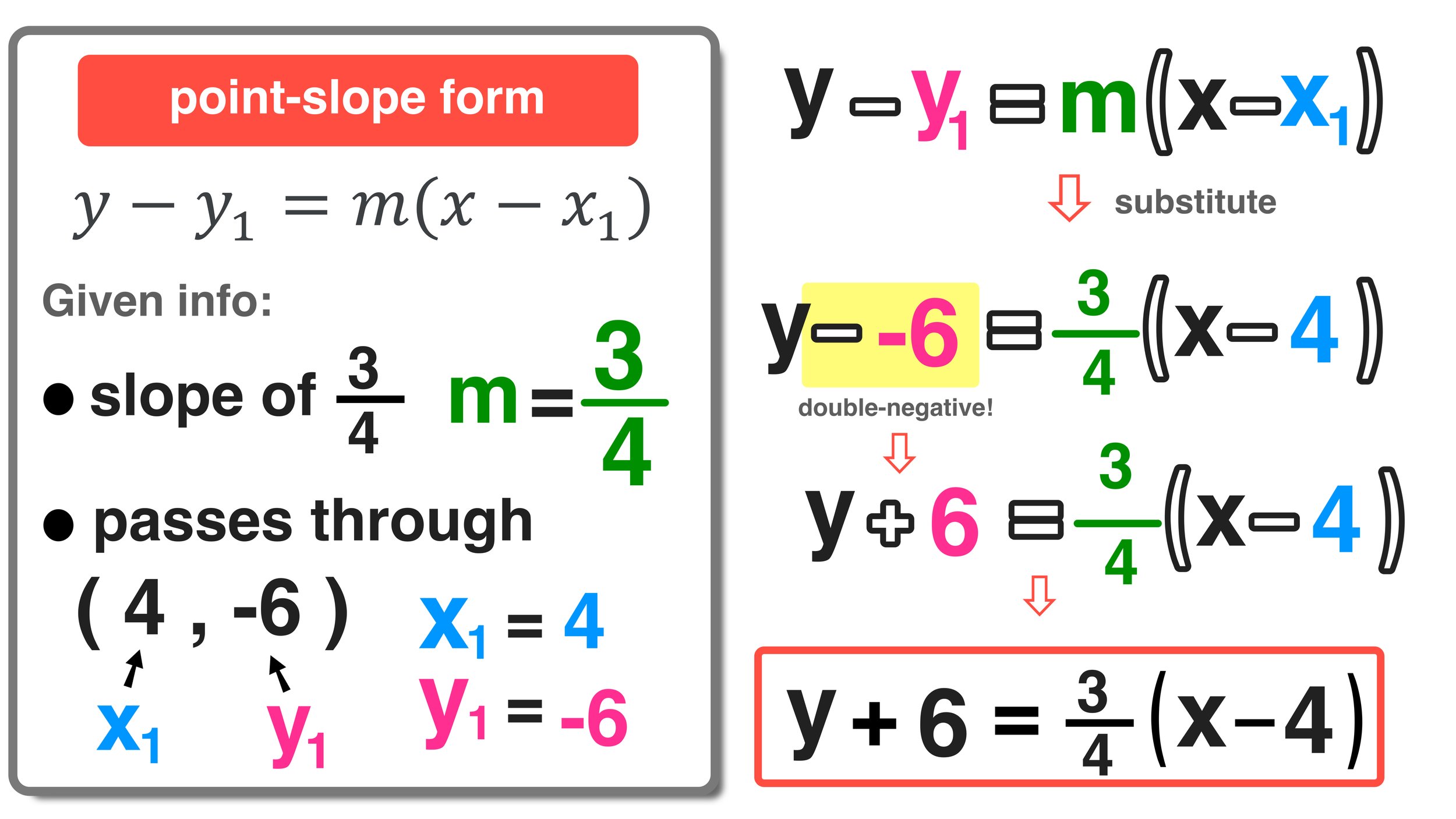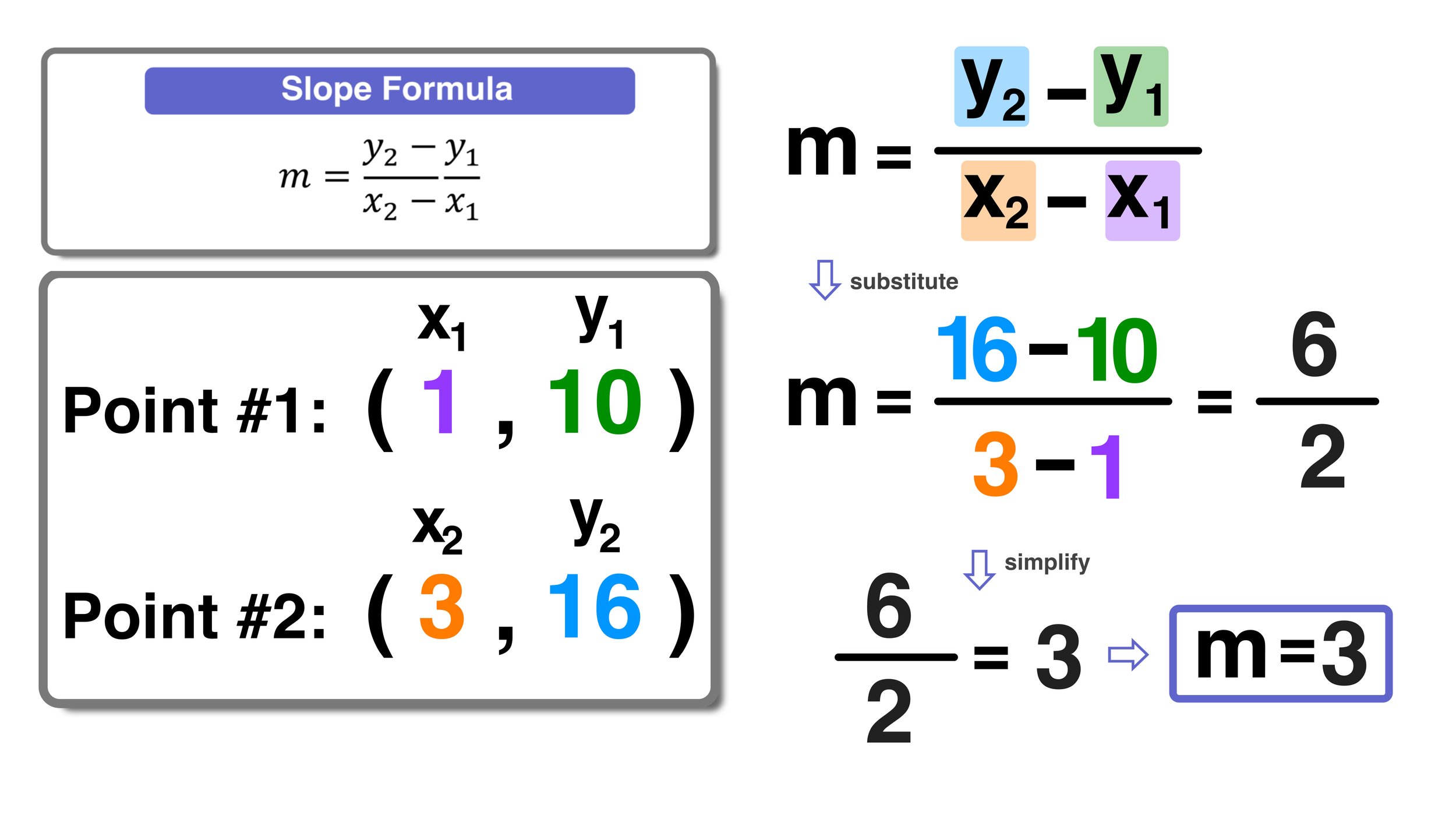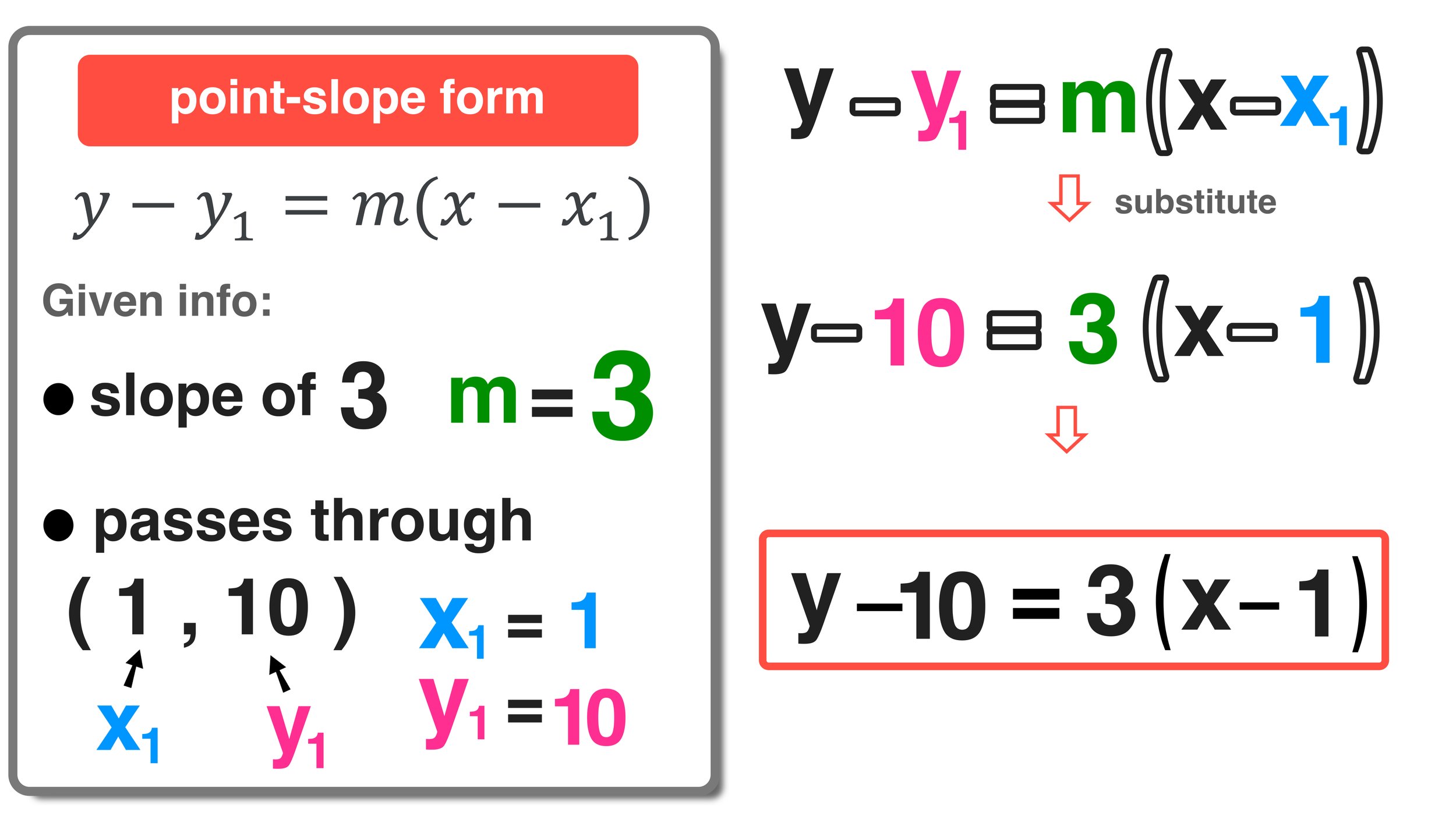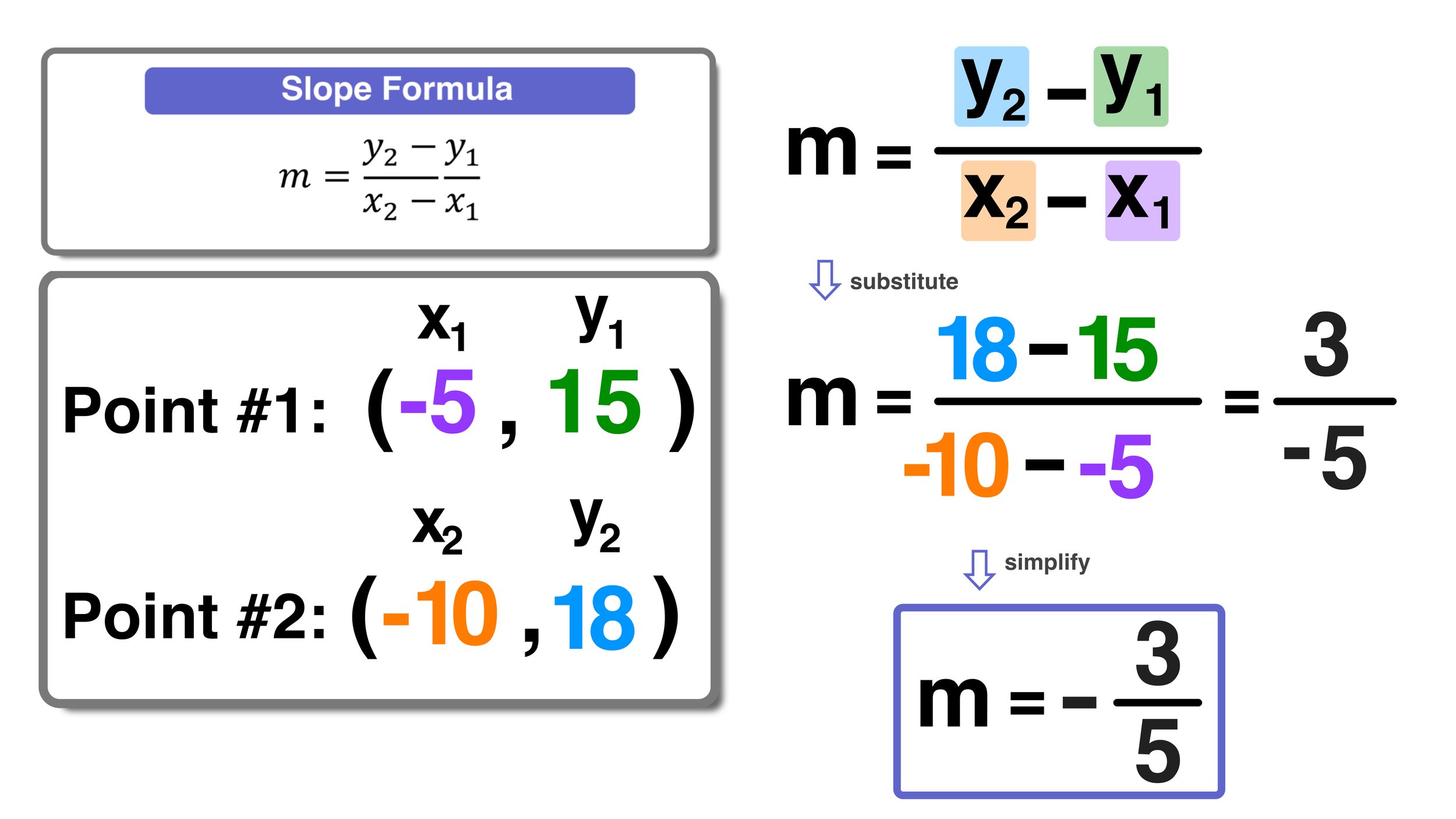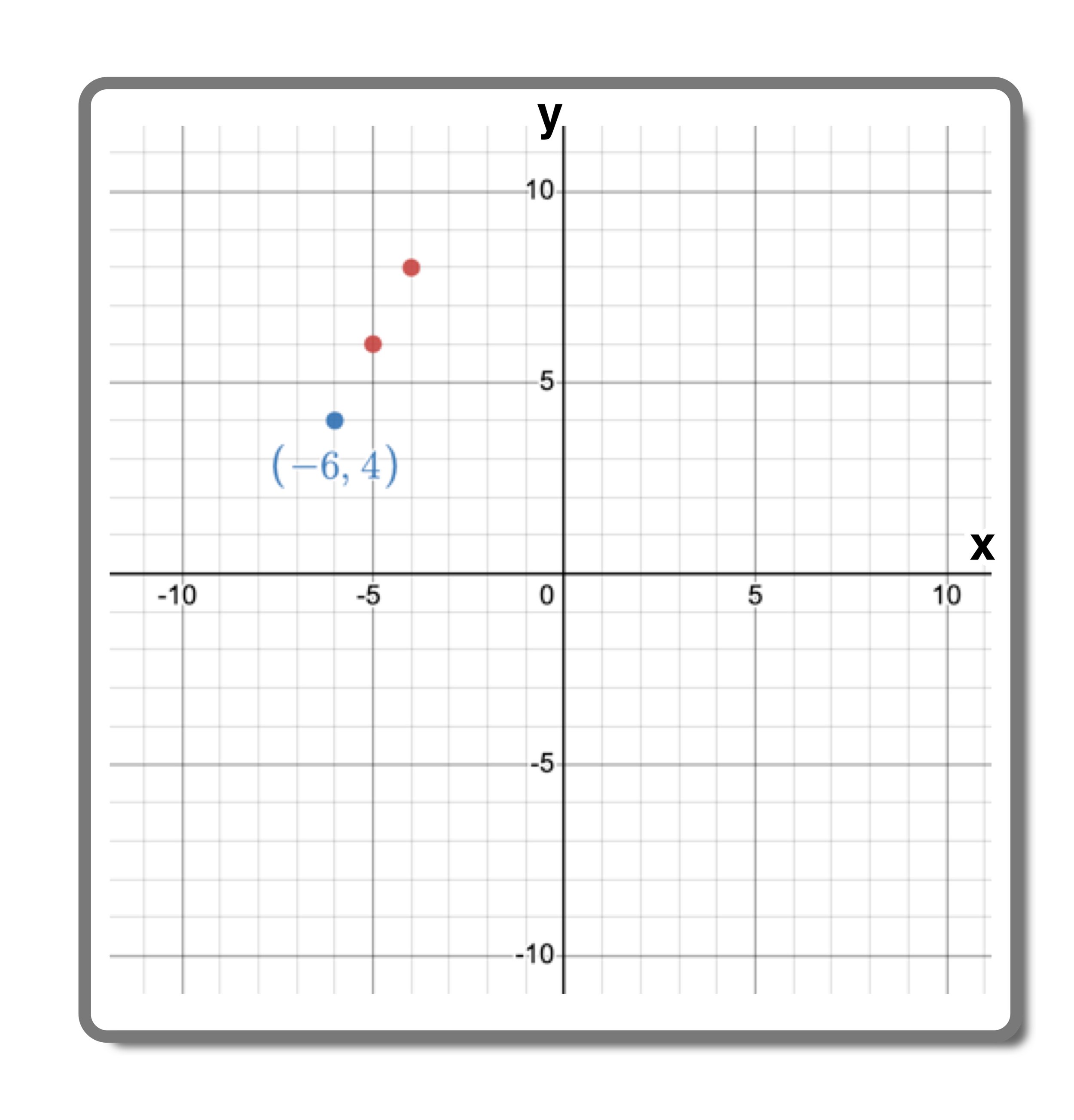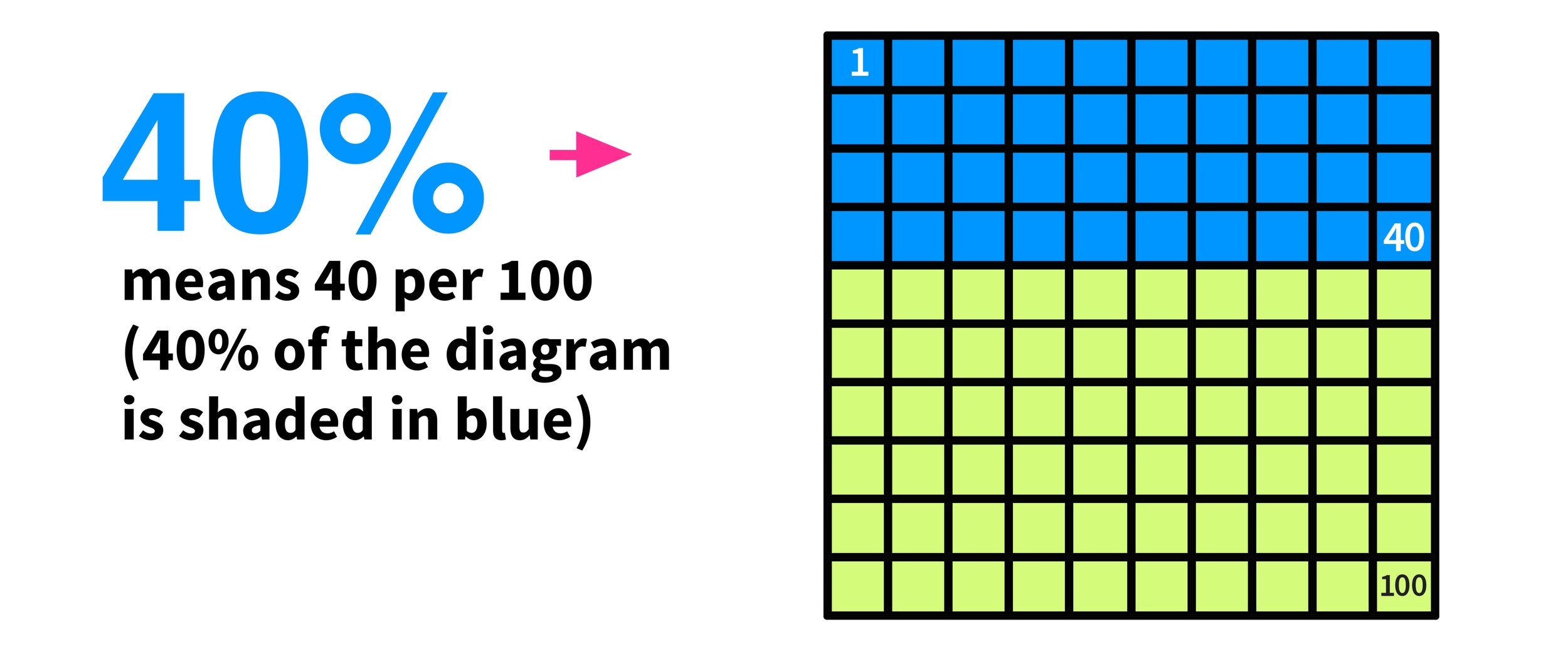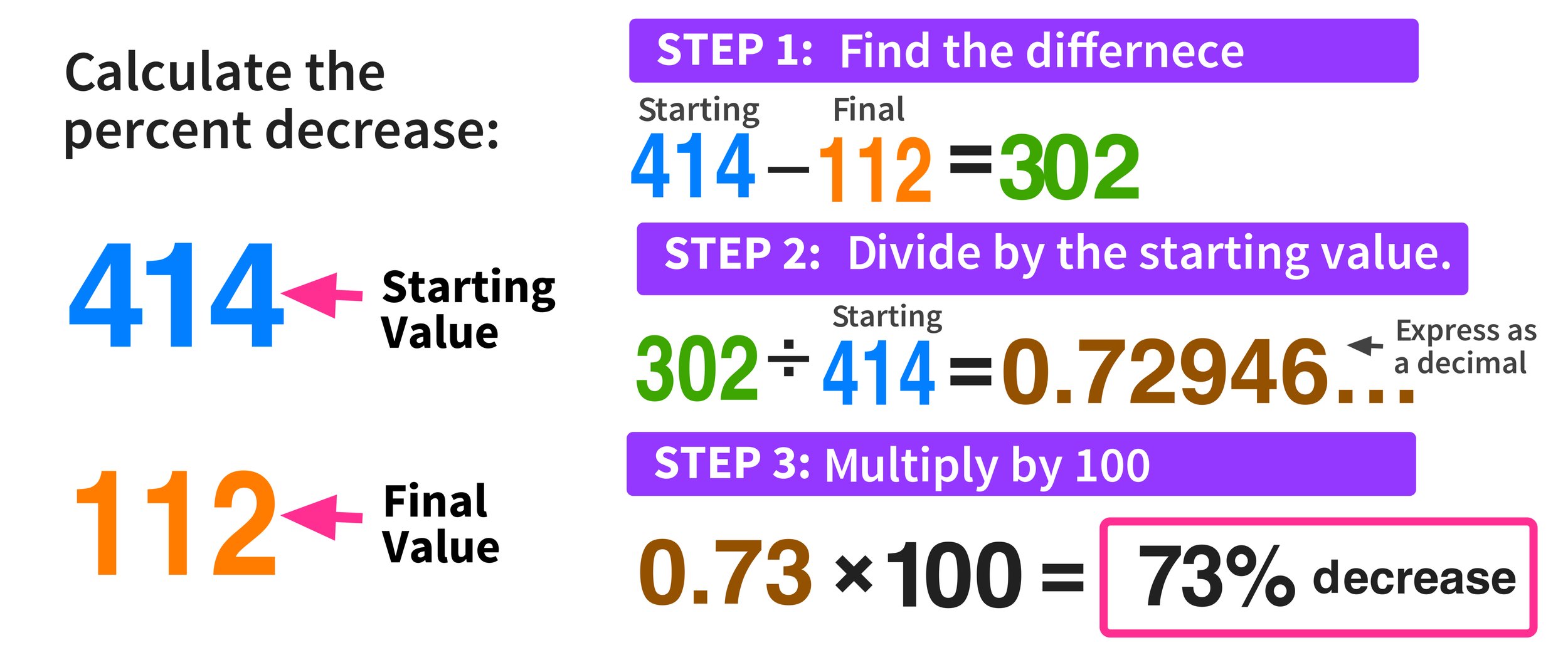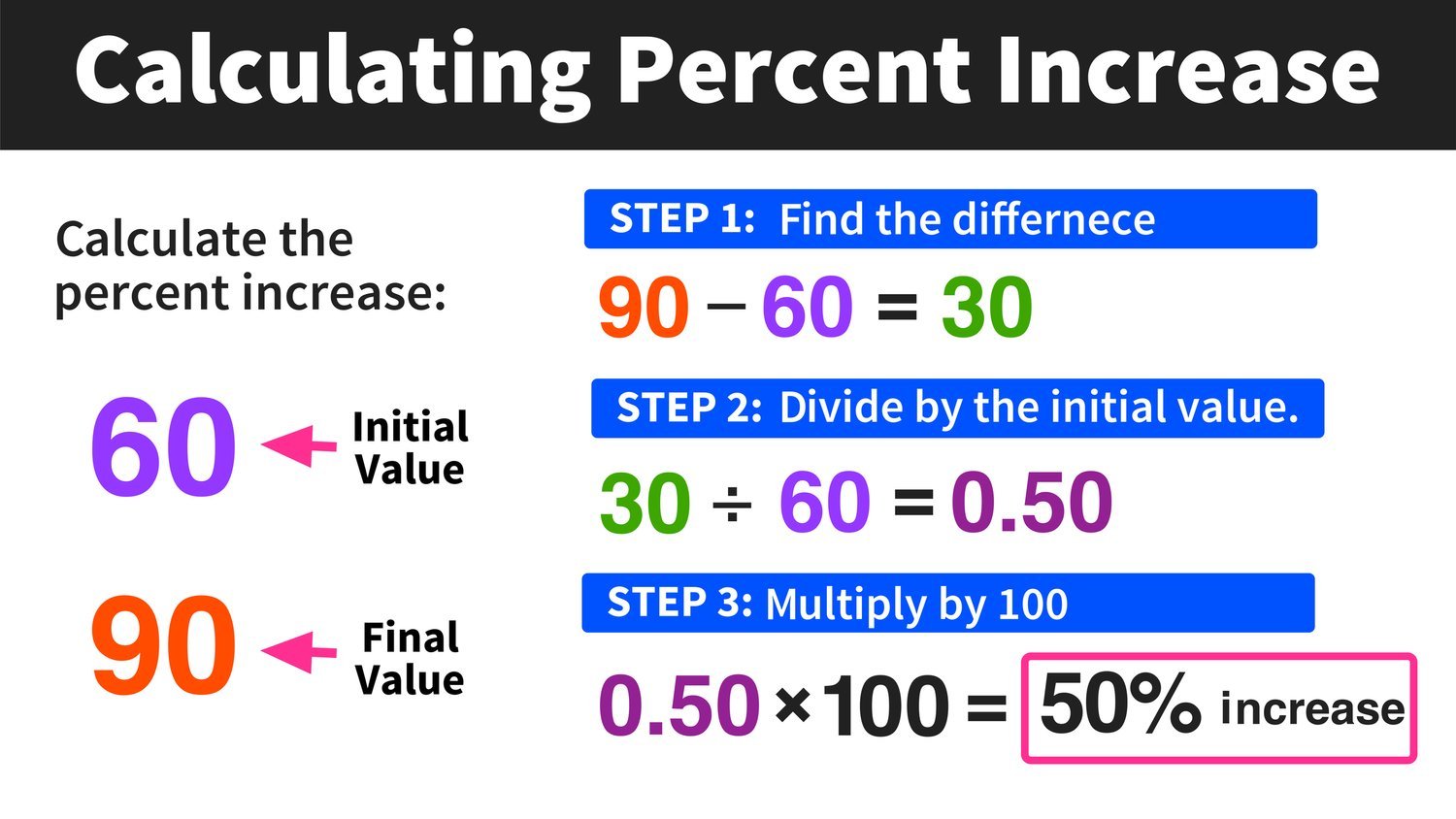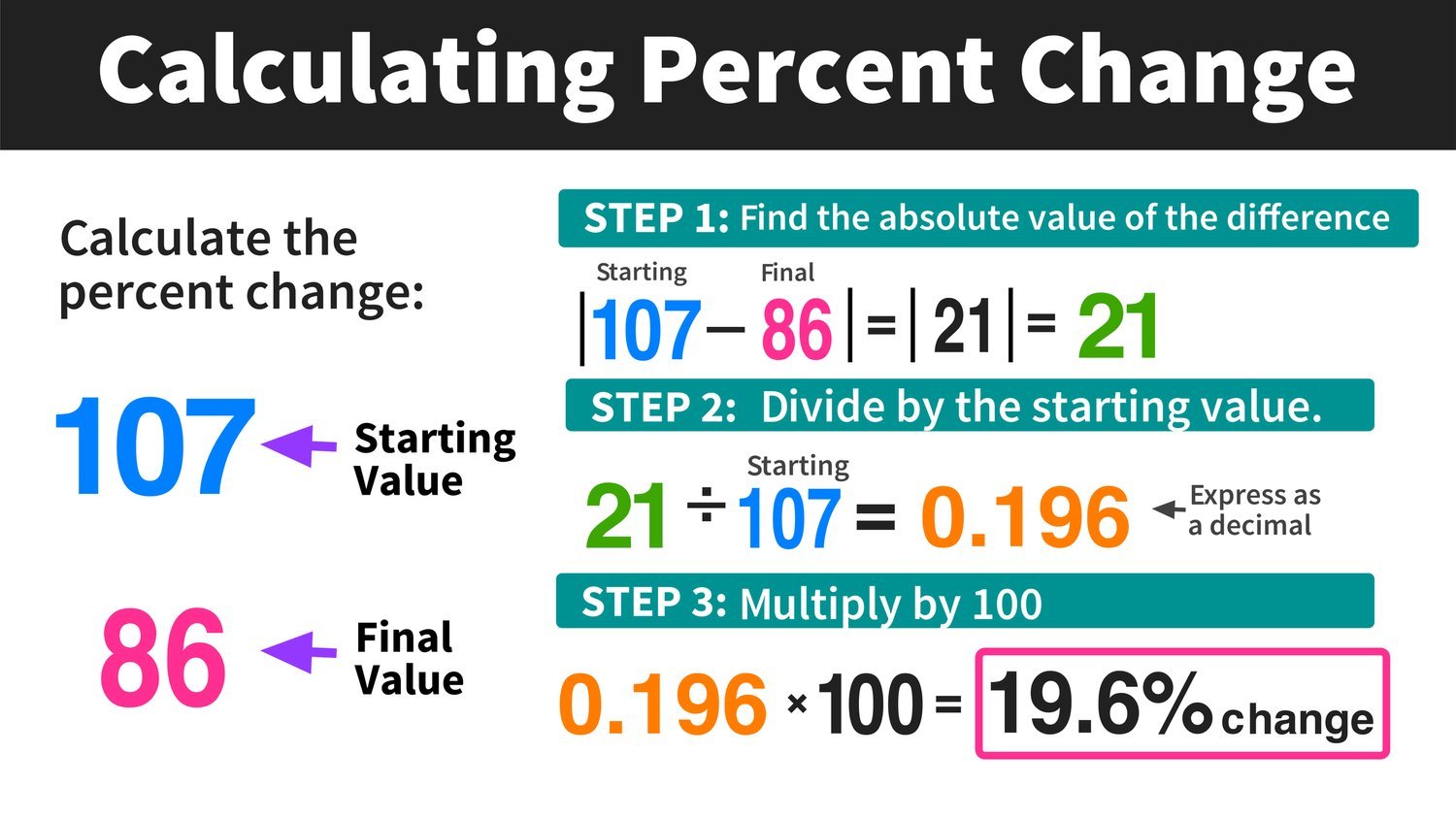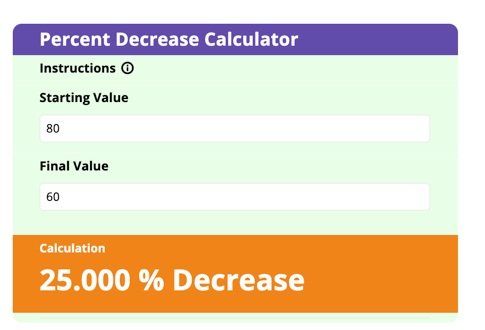What are the Best Math Conferences for Teachers?
What are the best math conferences for teachers? (Image Source: Mashup Math MJ)
Every math teacher should attend a conference at least once every few years.
Why? Because the benefits of attending math conferences for teachers can significantly shape your evolution as an educator. Conferences are a great place to network with fellow educators, learn new things (most conferences give you the flexibility to pursue topics that you are most interested in), discover emerging trends in math education, collect some awesome goodies and gifts, and make new friends.
Beyond these benefits, attending a conference allows you to meet popular math education experts in person, engage in world-class professional development, acquire cutting edge knowledge and teaching ideas that you can bring back to your school, invest in your own personal development, and become inspired.
Attending a math conference for teachers really is the best way to expand your professional circle, interact with educators from around the world, and access your favorite speakers and brands.
So, the only thing left to ask yourself is, which of the following math conference for teachers will you attend?
Top 7 Math Conferences for Teachers
1.) National Council of Teachers of Mathematics (NCTM) Annual Meeting and Exposition
The NCTM annual meeting (held in a different U.S. city every spring) is the premier mathematics education conference. At this conference, you can network and swap ideas, engage with the latest trends and innovation in math education, and discover new teaching strategies that will boost your students’ performance for years to come. Learn More
2.) International Society for Technology in Education (ISTE) Annual Conference
The annual ISTE EdTech Conference (held in a different city in late spring each year) is the premier event for anyone interested in how to use technology to engage students and boost learning outcomes. The conference is a place where tested strategies joined with proven tech tools and resources are on display and teachers are empowered to use technology to transform both teaching and learning. ISTE is also a prime networking event as most major math education brands are in attendance and accessible. Learn More
3.) South by Southwest (SXSW) Education Conference and Festival
Held in Austin, Texas each year, the annual SXSW EDU Conference includes a diverse mix of keynote speakers, education workshops, unique learning experiences and research-backed teaching strategies, discussions on educational policy, and films aimed at inspiring and empowering all members of the educational community. Learn More
4.) Long + Live + Math Institute by Carnegie Learning
The Long + Live + Math conference is sponsored by Carnegie Learning and is held in a different U.S. city each year. The annual conference brings together some of the most passionate and influential math educators and thought leaders. With a common goal of helping all of your students reach their highest math potential, this conference is focused on sharing effective and proven math teaching strategies and empowering math teachers to transform their role as educators and become better able to make a difference in the lives of their students. Learn more
“I always look forward to getting my Mashup Math newsletter email every week. I love the free activities!”
-Christina R., 5th Grade Math Teacher, Dallas, TX
Do YOU want free math resources, lesson activities, and puzzles and games for grades 1-8 in your inbox every week? Join our mailing list and start getting tons of free stuff (including a free PDF workbook)!
5.) ASCD Annual Conference
The Association for Supervision and Curriculum Development (ASCD) Conference on Teaching Excellence is a master class for teachers in the most effective and highest trending strategies for effective assessment and instruction. Teachers from around the world attend this event each year to hear expert speakers from all backgrounds share their stories and insights in how to transform your role as an educator and how to best meet the needs of every student. Learn more
Which math conference will you attend this year? (Image Source: Mashup Math MJ)
6.) MAA Joint Math Meetings
The Mathematical Association of America (MAA) hosts the Joint Math Meetings in a different U.S. city every year. The conference is the largest mathematics meeting in the world and is geared towards mathematics enthusiasts and those interested in trends and advancements in the field of mathematics and the corresponding research, how to make math more accessible and enjoyable for people of all ages, and networking with the worldwide mathematics community. Learn more
7.) National Council of Supervisors in Mathematics (NCSM) Annual Conference
Each year, the NCSM hosts a short conference geared towards networking, learning how to create and/or support a successful math program in your school, and strategies for building interest and enthusiasm for learning math in your school. NCSM is a great place for aspiring to math specialists, administrators, and/or anyone interesting in taking on a leadership role in math education. Learn More

















